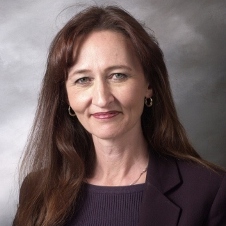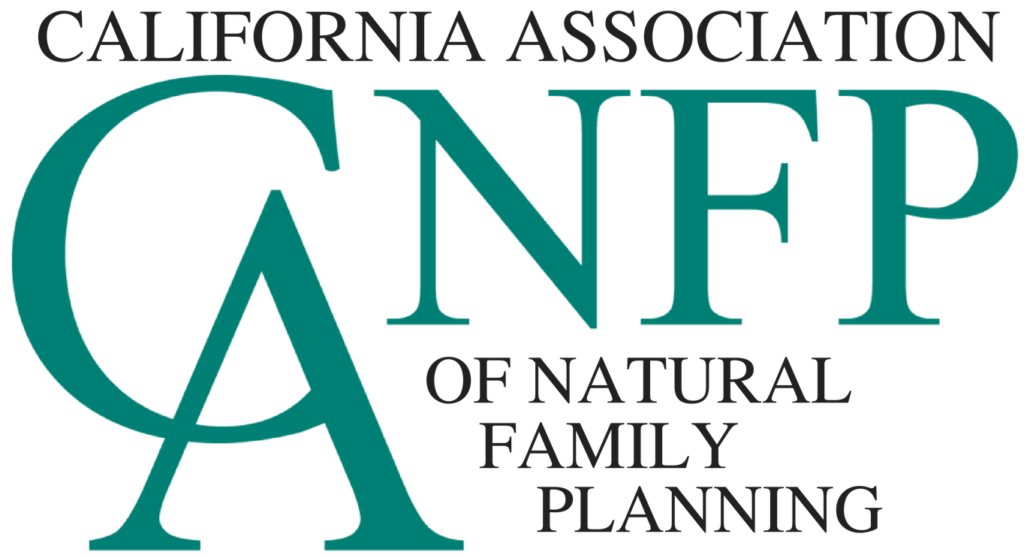- President's Perspective
Stewardship of the Environment
by Lynn Keenan, MD
In Laudato Si‘, Pope Francis reflects on the words of Pope Benedict XVI—He observed that the world cannot be analyzed by isolating only one of its aspects, since “the book of nature is one and indivisible”, and includes the environment, life, sexuality, the family, social relations, and so forth. It follows that “the deterioration of nature is closely connected to the culture which shapes human coexsistence”. Later in his encyclical he comments “The acceptance of our bodies as God’s gift is vital for welcoming and accepting the entire world as a gift from the Father and our common home, whereas thinking that we enjoy absolute power over our own bodies turns, often subtly, into thinking that we enjoy absolute power over creation. Learning to accept our body, to care for it and to respect its fullest meaning, is an essential element of any genuine ecology.”
However, power over our fertility has become expected, reflected in the fact that 82% of American women have used hormonal contraception at some point in their lives to suppress healthy fertility. Most hormonal contraceptives include ethinyl estradiol, (EE2), a synthetic compound with a carbon triple bond, making it much more stable, and difficult to break down. Most hormonal contraceptives have doses that are five to ten times more potent than the physiological levels in healthy women. Over ten million women per year use hormonal contraception in the US, and it passes through their urine to our water treatment plants. To pass through the body, glucorinide is attached to make it inactive, but in the treatment plant, the ubiquitous E.Coli and other bacterial species breaks the glucoronide off, returning it to the active form. Although EE2 is found in low levels, less than one ng/liter, the extreme potency is affecting wildlife. Concentrations that can affect fish are detectable 100Km downstream from water treatment plants.
Sun (2013) evaluated the estrogenic activity of eight different chemicals and found steroidal estrogens had more effect than phennolic compounds or phthalates, which are well recognized endocrine disrupting chemicals (EDC’s). The conclusion of the article was that ethinyl estradiol, estradiol and estrone should be the priority EDC’s to control in municipal sewage treatment plants.
Several changes have been found in the environment related to ethinyl estradiol. Male rainbow trouts exposed to EE2 at 0.1 ng/L rapidly develop protein found in eggs. A single dose of 2ng/L of EE2 can retard the development of testes by 50% in male trout. Female minnows at 10ng/L for four weeks had reduction in eggs. Zebra fish at 1ng/L had significant changes in male / female fish rations, with far more females. Complete sex reversal took place after exposure to 2 ng/L. Frogs have shown delayed metamorphosis and demasculinization at levels between 0.09-8.7 mcg/L. Even courtship behaviors have been shown to change with estrogens in the water, with females less attracted to male fish at levels of 0,5-1 ng/L.
There are generational effects as well. A study by Zha, exposed minnows to EE2at 0.2 ng/L, which resulted in worse mortality, increased egg proteins in both sexes, and worse reproductive parameters. The next generation of minnows showed no male developed to maturity if still exposed to 0.2 ng/L. Adult female minnows of the second generation were mated with unexposed/healthy male minnows and no fertile eggs were produced. Many surface waters have concentrations of EE@ in the 0.2 ng/L level which caused the profound reduction in fish reproduction.
Concentrations vary at treatment plants, but in the UK, three of seven plants measured EE2 between 0.2-7ng/L. In a study by Weber, sludge from sewage treatment plants was studied, and the natural estrogten-estradiol was converted to estrone, then completely transformed within three days. However EE2 persisted in the sludge of the conventional plant, and a membrane sewage treatment plant. The oral contraceptive effect on the environment was hypothesized to increase low level estrogen exposure in men, leading to higher rates of prostate cancer. in 2007, data compared contraceptive use with prostate cancer incidence and mortality worldwide. The study showed higher prostate cancer incidence in areas of more hormonal contraception. Other forms of contraception, such as condoms, IUDs, did not correlate with prostate cancer.
The concentrations of EE2 predicted to have no effect is 0.002 ng/L. Wastewater effluents have been detected as high as 62 ng/L. Reclaimed water can be as high as 8.7 ng/L, and recently German drinking water was found to have EE2 at 0.5 ng/L. The EE2 can be difficult to treat and are not efficiently removed by conventional water treatment plants. Great Britain has estimated the cost of cleaning up their water supply to be $46 billion dollars. Processes like using activated charcoal are effective, but costly and generates additional waste of activated charcoal.
As alarming as these far reaching effects of EE2 are, how much more concerned should we be that many women continue to take it in concentrated form, daily, for years. For the sake of women directly affected by it, as well as those inadvertently affected by the levels found in our water, and the impact on our environment we are only now coming to realize, we must persevere in our efforts to educate all on the availability of effective—environmentally friendly… woman friendly… marriage and family friendly—natural methods of managing fertility.
- Current Contraceptive Use in the United States, 2006-2010, National Health Statistics, Number 60, Oct. 18, 2012
- Tyler, Jobling, Sumpter. Endocrine Disruption in Wildlife: A Critical Review of the Evidence. Critical Reviews in Toxicology, 28 (4) 319-361 (1998)
- Barrel-Cohen K, Shore LS, Shemesh M, Wenzel A, Mueller J, Kronfield-Schor N. Monitoring natural and synthetic hormones in a polluted river. J Environ Manage 2006;78:16-23.
- Sun, Yan et al. Ecological risk of estrogenic endocrine disrupting chemicals in sewage plant effluent and reclaimed water ENVIRONMENTAL POLLUTION Volume 180 Pages: 339-344 Published Sep 2013
- Weber S, Leuschner P, Kampfer P, Dott W, Hollender J. Degradation of estradiol and ethinylestradiol by activated sludge and by a defined mixed culture. Appl Microbiol/Biotechnical 2005: 167 (1): 106-20. http://dx.doi.org/10.1007/s00253-004-1693-4.
- Zha J, Sun L, Spear PA, Wang Z. Comparison of ethinylestradiol and nonyphenol effects on reproduction of Chinese rare minnows (Gobiocypris rarus), Ecotoxicol Environ Saf 2008;71:390-9.
- Orn S, Holbech H, Madsen TH, Norrgren L, Peterrsen GI. Gonad development and vitellogenin production in zebrafish (Danio rerio) exposed to ethinylestradiol and methyltestosterone. Aquat Toxicol 2003;65: 397-411.
- Hogan NS, Duarte P, Wade MG, Lean DRS, Trudeau VL. Estrogenic exposure affects metamorphosis and alters sex ratios in the northern leopard frog (Rana pipiens): Identifying critically vulnerable periods of developments. Gen Comp Endocrinol 2008: 156-515-23.
- Tompsett AR, Wiseman S, Higley E. Pryce S, Chang H, Giesy Jp, et al. Effects of 17q-ethynylestradiol on sexual differentiation and development of the African clawed frog (Xenopus laevis). Comp Biochem Physiol C 2012;156:202-10.
- Margel D, Fleshner NE. Oral contraceptive use is associated with prostate cancer: an ecological study. BMJ Open 2011;e000311. doi:10.1136/bmjopen-2011-000311.
- Aris A, Shamsuddin A, Praveena S. Occurrence of 17u-ethlylestradiol in the environment and effect on exposed biota: a review. Environ International 69 (2014) 104-119.
About The Author


